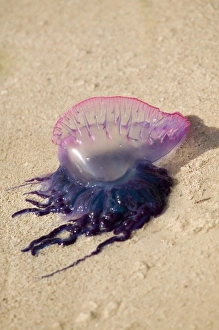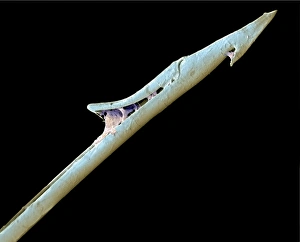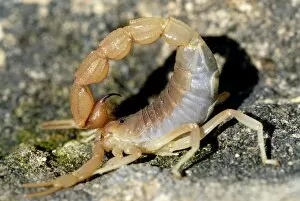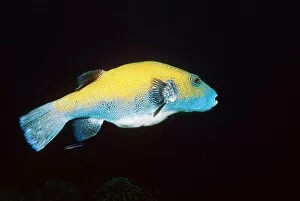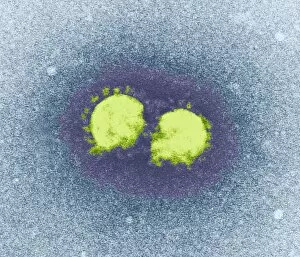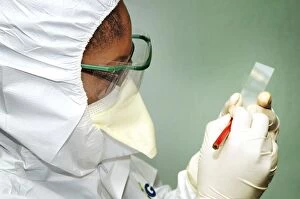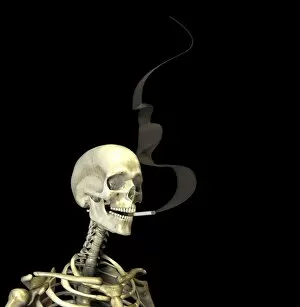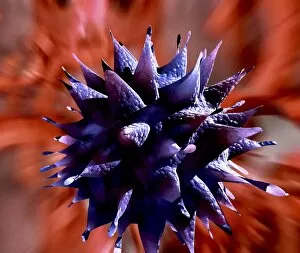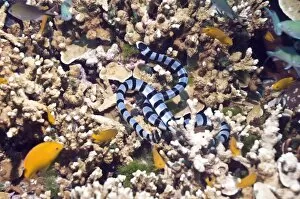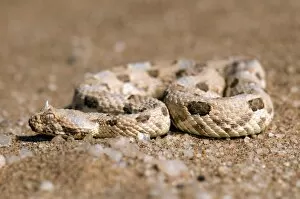Deadly Collection (page 9)
"Unveiling the Deadly Secrets: From Bosch to Belladonna" Step into a world where art and nature intertwine, revealing the deadly mysteries that lie within
All Professionally Made to Order for Quick Shipping
"Unveiling the Deadly Secrets: From Bosch to Belladonna" Step into a world where art and nature intertwine, revealing the deadly mysteries that lie within. Hieronymus Van Aeken, better known as Bosch, painted scenes that echoed the darkness of human existence. His works captured both the beauty and danger lurking beneath our fragile facade. In 1696, Theosophy Chakras delved into ancient wisdom, exploring the hidden energy centers within us all. But amidst this spiritual journey, they stumbled upon a sinister truth - fly agaric mushrooms with their hallucinogenic allure could lead one down a treacherous path. Nature's enchanting beauty can be deceiving; poisonous plants like Atropa Belladonna hold secrets that can bring about both life and death. As anger (Ira) takes its place among The Seven Deadly Sins series, engraved in history forevermore, we are reminded of humanity's capacity for destruction. Like Dorothy in the Wizard of Oz succumbing to poppies' slumber-inducing spell, even innocuous elements can possess lethal potential. A chilling Soviet cholera vaccination poster from 1967 reminds us of how science itself can become an unwitting instrument of peril. Drawing inspiration from The Odyssey's Scylla monster who devoured sailors without mercy, we confront another creature cloaked in danger - the blue-ringed octopus. Its mesmerizing hues hide venom capable of bringing swift demise to those unaware. Amongst these tales lies Atropa belladonna or deadly nightshade - Picture No. 10752424 reveals its haunting allure against an ominous backdrop. This plant embodies both fascination and fear; it holds power over life but also harbors deathly consequences if mishandled. As we explore these "deadly" realms through time and artistry alike, let us remember that behind every captivating facade lies untold dangers waiting to be unraveled by those brave enough to seek the truth.


